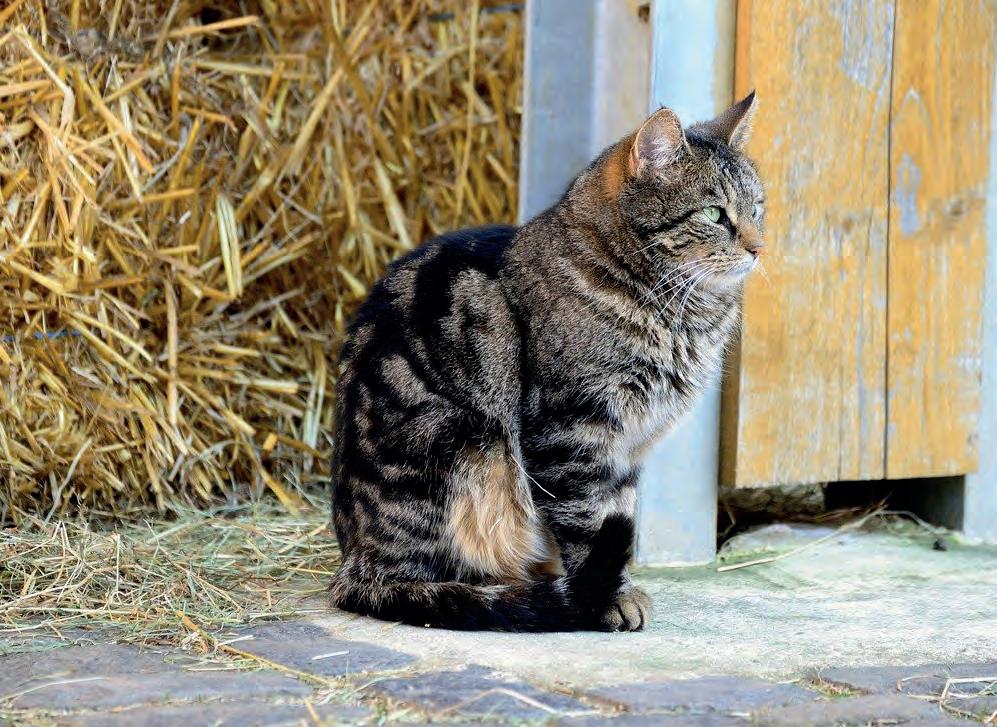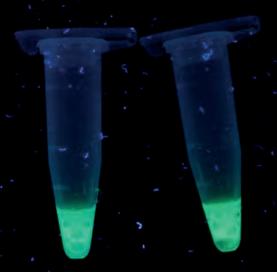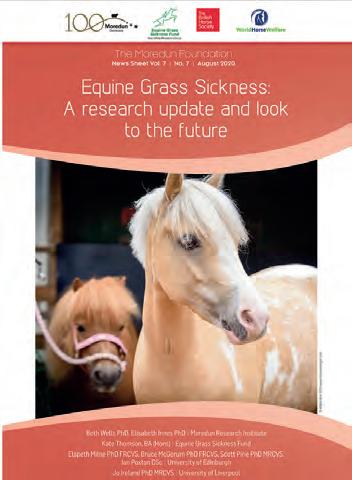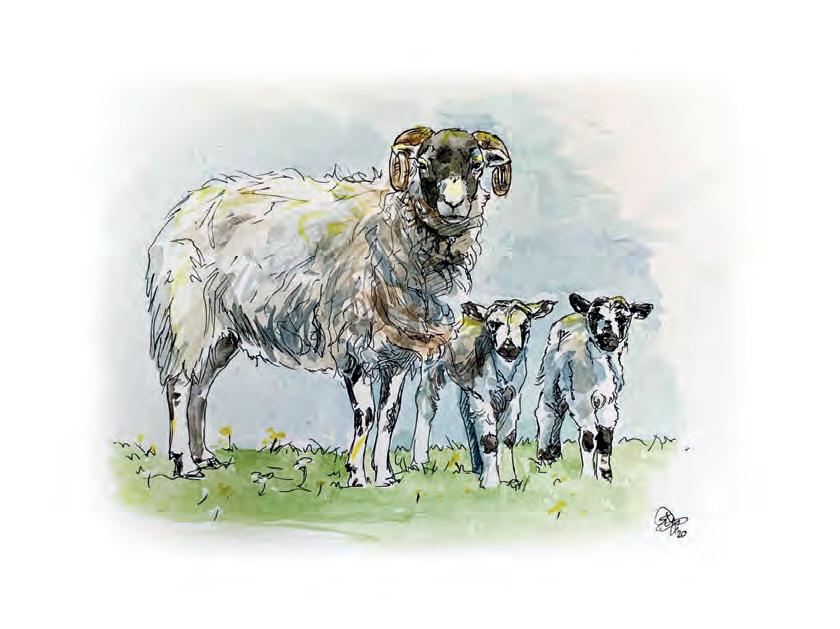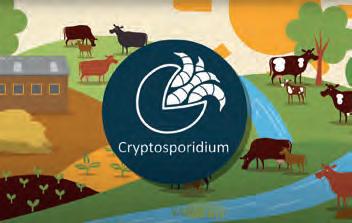Research Equine Grass Sickness – Past, Present and Future Moredun’s centenary year has certainly been an unusual one, and despite (or maybe because of) the constraints imposed by the pandemic, Moredun and The Equine Grass Sickness Fund took the opportunity to strengthen the historic ties between them and take a look at this most enigmatic of diseases in a radically different way. Moredun and Equine Grass Sickness – a potted history Equine Grass Sickness was first recognised at an army remount camp in Angus in 1907, and over the next decade the huge losses sustained in the working horse population gave great impetus to the search for the cause of the disease. From 1923 to 1949 research at the Animal Diseases Research Association, later to become Moredun, included investigations into a myriad of potential causes, and many were eliminated. Changes in post war agricultural practices, and the introduction of the tractor, meant a reduction in the number of working
The research update is available from the Moredun and EGSF websites.
horses on farms, and interest in the disease waned. It was not until the 1970s and the increasing popularity of pleasure horses that the research effort began again in earnest. In 1971 Moredun scientist, John Gilmour, began
research into the epidemiology hoping that this would give a clue to the cause. Over the next 21 years he conducted many studies into grass sickness, becoming a world authority on the disease, before his untimely death. In 1980 Mrs Anne Wilson started the Grass Sickness Fund to raise money for research after losing her favourite Connemara mare, and research at Moredun continued to benefit from the support of the Grass Sickness Fund for almost ten years. In 1988 the Animal Diseases Research Association, the Royal (Dick) School of Veterinary Studies (R(D)SVS) and the Grass Sickness Fund were brought together to launch what we now know as The Moredun Foundation Equine Grass Sickness Fund. The Fund is governed by a fundraising and scientific review committee, which consists of scientists, vets and horse owners, who drive the direction of research, and vital fundraising activities. In August 2020 Moredun and EGSF published a research update, with the support of the British Horse Society and World Horse Welfare. Co-authored by the key scientists in EGS research, it provides a summary of recent work, including the continuing work into mycotoxins at the Royal (Dick) Vet, Clostridium botulinum and the vaccine trial. You can download this research update from the Moredun website: https://www.moredun.org. uk/research/diseases/equine-grass-sickness Despite these interesting and productive research studies, the cause of the disease remains a mystery, and it was decided to fund a three year Research Fellowship to breathe new life into the research effort.
EGS Fellowship Project This is a multi-disciplinary project, involving a full time research fellow at Moredun, supported by specialists from different scientific disciplines. The aims of the project, expected to start early 2021, are:
The original Moredun “bus” conducting field research into EGS.
6
Moredun Magazine | Autumn/Winter 2020
1. Develop a nationwide case database and biobank of related samples. One of the problems identified, is that there is no accessible source of EGS samples for use in scientific research. Together with major UK equine charities, equine vets and horse owners, we propose a team effort to build a robust and enduring resource to inform future EGS studies. Improved case reporting, with associated samples, (both horse related and environmental)

